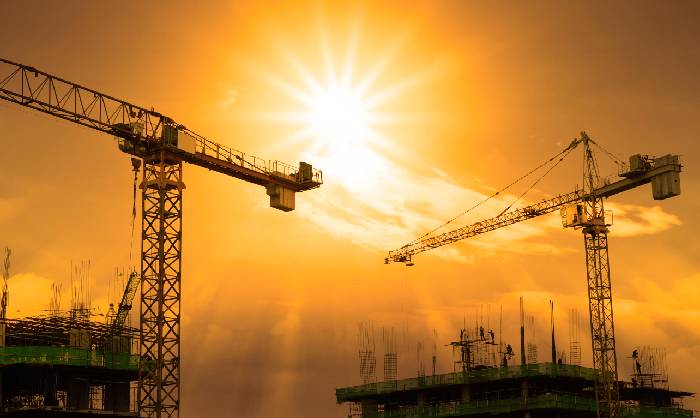Annual Crane Inspection Checklist: A Step-by-Step Guide

Introduction
Cranes are powerful and versatile machines that are used in a variety of industries. However, they can also be dangerous if not properly operated and maintained. One of the most important aspects of crane safety is conducting regular inspections.
What is An Annual Crane Inspection?
An annual crane inspection in Arizona is a comprehensive examination of a crane to identify any potential safety hazards. The inspection should be conducted by a qualified inspector who is familiar with the type of crane being inspected.
What is the Purpose of an Annual Crane Inspection?
The purpose of an annual crane inspection is to:
- Identify any potential safety hazards
- Ensure that the crane is in compliance with applicable regulations
- Help to prevent crane accidents
What is Included in an Annual Crane Inspection?
An annual crane inspection typically includes the following:
- A visual inspection of the crane’s structure, including the boom, mast, and outriggers
- An inspection of the crane’s hoisting and slewing systems
- An inspection of the crane’s electrical system
- An inspection of the crane’s safety devices
- An inspection of the crane’s documentation, including the maintenance log and load charts
How Often Should Cranes Be Inspected?
Cranes should be inspected annually. However, more frequent inspections may be required depending on the crane’s usage and environment.
What are the Benefits of Annual Crane Inspections?
Annual crane inspections can provide a number of benefits, including:
- Reduced risk of crane accidents
- Improved crane safety
- Reduced insurance costs
- Extended crane life
Best Practices for Annual Crane Inspections
In addition to the specific requirements of the annual crane inspection, there are a number of best practices that should be followed to ensure that the inspection is thorough and effective. These best practices include:
- Using a qualified inspector
- Following a written inspection checklist
- Documenting the results of the inspection
- Taking corrective action on any identified deficiencies
Annual Crane Certification
Once the annual crane inspection is complete, the crane should be certified as safe to operate. The certification should be valid for one year.
Crane Safety
Crane safety is essential for preventing accidents and injuries. In addition to annual inspections, there are a number of other things that can be done to improve crane safety, including:
- Providing crane operators with proper training
- Establishing and enforcing safe operating procedures
- Maintaining cranes in a safe condition
Best Crane Operations
In addition to crane safety, there are a number of best practices that can be followed to ensure that cranes are operated safely and efficiently. These best practices include:
- Following the crane’s load chart
- Using proper signaling techniques
- Ensuring that the crane is properly positioned and leveled
- Avoiding hazards such as power lines and overhead obstructions
Conclusion
Annual crane inspections are an essential part of crane safety. By following the steps outlined in this guide, you can help to ensure that your cranes are safe to operate and that your workers are protected from injuries.
Additional Resources
- OSHA Crane and Derrick Standard 1926.1400
- ASME B30.5 Mobile and Tower Crane Standards
- Crane Institute of America (CIA)
Disclaimer
This blog post is for informational purposes only and should not be considered legal or safety advice. Please consult with a qualified crane inspector or safety professional for specific guidance on crane safety and inspections.